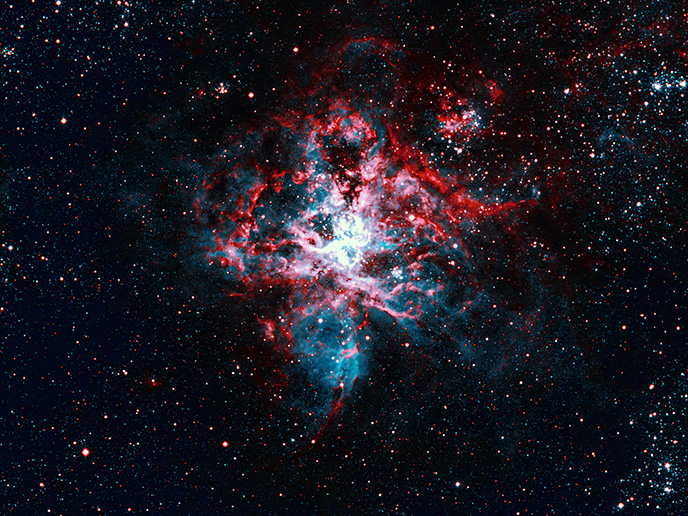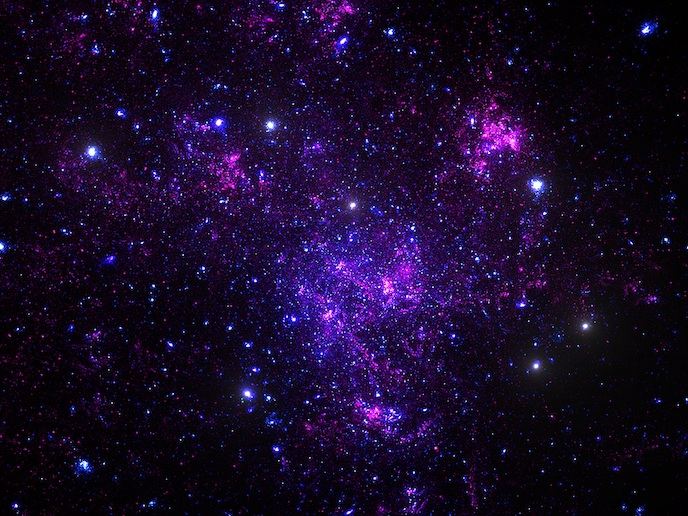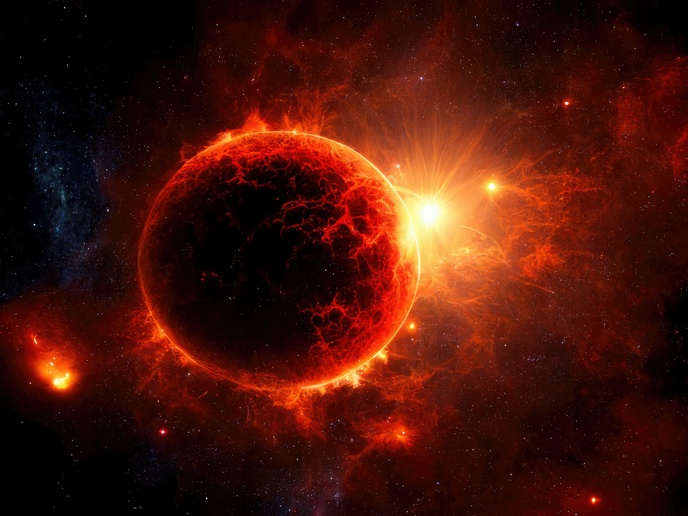Unveiling the birth of the first galaxies
For thousands of years, scientists have looked to the stars to understand our universe. There are still many unanswered questions about the formation and evolution of galaxies in the earliest years. How exactly did they form, and how quickly did this happen? In the EU-funded GalaxyConnect project, undertaken with the support of the Marie Skłodowska-Curie Actions(opens in new window) programme, a team of researchers adopted cutting-edge research techniques to try to get some answers. The project used cosmological simulations to model the connection between galaxies and the intergalactic medium, a hot gas thought to exist in the spaces between them. “As part of the project, we made the most precise measurement so far of when the heating of the universe was completed,” says Laura Keating(opens in new window), Elizabeth Gardner fellow at the University of Edinburgh(opens in new window) and principal investigator on the GalaxyConnect project.
Investigating the intergalactic medium and galaxy outflows
The evolution of galaxies and this intergalactic medium are closely connected. Gas can flow from the intergalactic medium into galaxies, and the galaxies use this gas as fuel to form new stars. Light from the stars inside the galaxies can heat up the intergalactic gas. “One way we can see signs of galaxy formation in the intergalactic medium is by tracking how and when the intergalactic gas heated up,” explains Keating. When stars die, they can explode and push gas back out into the galactic medium. Another aim of the project was to understand the physical processes behind these ‘outflows’.
Finding out how the early universe heated up
The universe was a very cold place, before the first stars and galaxies formed and their light heated the intergalactic gas. As such, the early universe was still filled with cold gas, similar to a fog obscuring things that are far away. Cold gas absorbs light at certain colours, meaning some distant objects will display missing light. “By measuring the point in the history of the universe when we stop seeing this missing light, we can say when all of the gas was finally heated up by the first stars. This tells us about when the first stars and galaxies formed,” adds Keating. The GalaxyConnect team compared observational data with results from large simulations of the intergalactic medium to arrive at a measurement for the time the heating of the universe was completed: 150 million years later than previously thought.
Next-generation cosmology
Studying these first galaxies indirectly, through how and when they heated the intergalactic gas, is currently one of the only ways scientists can learn about these objects. The GalaxyConnect research will aid other cosmologists studying the early universe, particularly when the next generation of large telescopes are built, such as Europe’s 39-metre Extremely Large Telescope(opens in new window) in Chile. These telescopes will allow scientists to extend their analysis of intergalactic gas through observations of fainter objects, notes Keating, who is now continuing her research in a new position at the University of Edinburgh. “This is a very exciting time to be working in this area, due to the new James Webb Space Telescope(opens in new window) (JWST) which launched last year,” says Keating. “JWST is providing lots of new observations of intergalactic gas in the early universe, which I plan to interpret with my simulations.”







